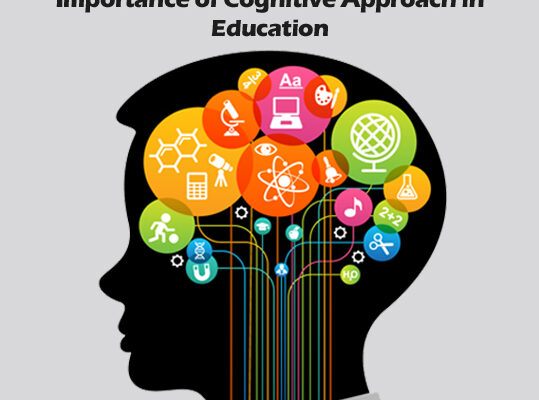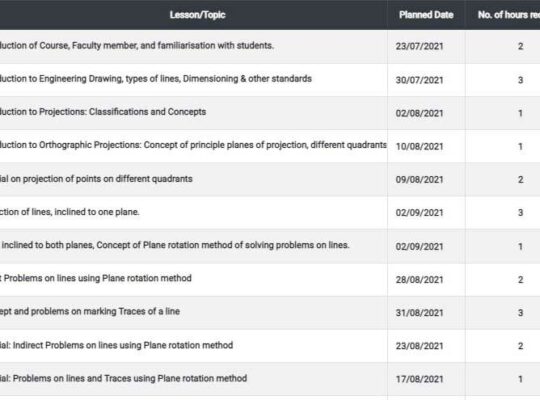
Teaching approaches, lesson plans, and school programmes that are based on the latest scientific research about how the brain learns, including factors like cognitive development— how students learn differently as they mature socially, emotionally, and intellectually as they become older, grow, and mature —are referred to as brain-based learning.
The broad concept that learning can be sped and enhanced if educators base how and what they teach on learning science rather than prior educational methods, established traditions, or assumptions about the learning process motivates brain-based learning.
Anything created to match with the way our brains naturally learn falls under the banner of brain-based learning strategies. Because there is no one theory that incorporates all aspects of brain-based learning, the sheer volume of information can be overwhelming. It also implies that whatever you do to remain up to date on educational science and bring it into the classroom helps your pupils employ brain-based learning.
Here are some ideas to help you get on with brain-based learning:
1. Establish a positive tone right away: For true learning to take place, kids must often feel physically and emotionally comfortable in the classroom. You can help your pupils learn more effectively by providing a good classroom atmosphere in which they feel supported and encouraged. Setting a good tone in the classroom with students may enhance involvement; and many instructors have found that doing so at the start of the day promotes a feeling of community.
2. Schedule “come and speak” time: Students are more likely to remember material when they discuss about what they’ve learned. Incorporating “come and speak” time into your classes can assist students in processing what they’ve just read, discussing ideas before sharing them with the class, and clarifying any issues they may have had when doing homework. This method may be used as a warm-up, during class discussions, or at the end of the day to round out the day. Allowing your pupils to debate their ideas allows them to express what they’ve learnt in their own terms while also assisting them in explaining their views to their peers. If you’re teaching remotely, use the raise hand option in most video conferencing services to keep things more organised.
3. Stretch break: Take a five-minute stretch break instead of subjecting your pupils to protracted lectures and classes, which may be stressful and tiresome. Periodic activity boosts heart rate, improves circulation, and promotes the flow of neurochemicals, all of which are beneficial to learning.
4. Chunking: Acquiring new knowledge is like getting new food. It’s preferable if you eat it in little portions. Because the human brain can only process roughly seven bits of data at a time, break data into little chunks. Younger children can only comprehend four bits of knowledge at a time and can only stay for five minutes. As a result, teach complicated topics to younger children for no more than five minutes and older children for no more than 10 minutes.
5. Include visual cues: Many individuals are visual learners, meaning they absorb and remember information better when they see it. If you’re teaching remotely, you might have posters and graphics in your classroom, but are they benefiting your students? In a virtual setting, using visual components to offer meaning to courses, such as breaking up your slides with a GIF that draws students’ attention back throughout a lecture or finding a brief video of the science principles you’re addressing, are simple strategies to keep students’ attention. Other interesting methods to include visual aspects into your teaching include changing your Zoom background to match the topic of your lecture or donning a goofy hat or fancy necktie.
Educational Advantages Of Brain-Based Learning
If you’re wondering why bother researching brain-based education and using it in your classroom? The advantages are both obvious and substantial. Not only may brain-based learning help your kids improve their academic performance, but it can also improve classroom behaviour and foster a happy learning environment.
Using psychological or scientific theories of learning can have substantial effects on a surface, grade-based level. Teachers who use brain-based learning, for example, have discovered that their students retain more information and do better academically. Students not only do better on tests, but they also retain the skills they’ve acquired and can use them outside of the classroom.
Social-emotional development, or a student’s capacity to comprehend and manage their emotions, can be influenced by brain-based learning. Brain-based learning tactics have been shown in studies to boost a student’s motivation and attitude. Your whole class will be better equipped for a successful school career when pupils develop an inherent love of learning and approach class with the appropriate mind-set.
In the end, brain-based learning aims to develop a learning environment and classroom technique that allows all students to succeed. Take each method with a grain of salt, though, because the scientific and psychological domains are continually developing. It’s possible that you’ll have to try a few different ideas or tactics before you find the ones that work best in your classroom.
A physiologically driven classroom structure is the result of brain-based education. This will correlate to the function of the human brain at various stages of development. Not only that, but this activity will engage the entire body in order to improve the learning process as a whole.

About the Author: Pooja Bhatia
Pooja is a teacher working for NGOs and a student pursuing management studies. Her interests include education, women empowerment, music and drama. A winner of various B-school competitions including IIM and BITS, Pooja is also a great content strategist. She has article published in the Times of India.
This article has been re-published on Medium





